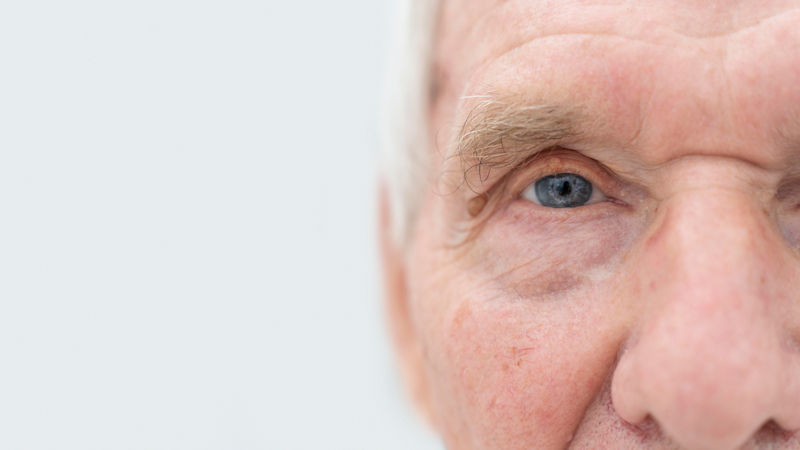Plus Age-Related Macular Degeneration Risks and Treatment
For someone who has enjoyed relatively good eyesight their entire life, losing vision can be a scary prospect.
What is Macular Degeneration?
Macular degeneration, or age-related macular degeneration (AMD), causes you to lose your central vision when the part of the retina called the macula is damaged.
When a person develops AMD not only do you lose your central vision, but you also cannot see fine details, whether you are looking at something up close or afar. However, you do retain your peripheral vision. For example, if you are looking at an analog clock, you might see the numbers on the clock but not the hands that indicate the time.
The 2 Types of AMD
There are two different types of AMD. The first form is called dry AMD. It is quite common and about 80% of people who have AMD have the dry form. Dry AMD is when parts of the macula get thinner with age. Tiny clumps of the protein drusen also grow. This causes you to slowly lose your central vision.
The second type is less common but is much more serious. Wet AMD occurs when new, abnormal blood vessels grow under the retina. These blood vessels may leak blood or other fluids, leading to scarring of the macula. You lose vision much faster with wet AMD than with dry.
Risk Factors and Diagnosis
AMD is very common and is the leading cause of vision loss in people 50 years and older. Most people don’t even realize they have AMD until their vision becomes blurry.
This is why it is so important to have regular eye health visits. Your ophthalmologist can look for early signs of AMD before you have any vision issues. During an eye exam, your ophthalmologist may have you look at an Amsler grid to help determine blurry, distorted, or blank spots in your vision. They may also look inside your eye at your retina and macula with a special lens. Dilating eye drops can help your ophthalmologist get an even better look.
Another option for diagnosis is fluorescein angiography. In this procedure, a yellow dye is injected into a vein, usually in your arm. A special camera takes photos of the retina as the dye travels through the blood vessels of your eye. This can help show if abnormal, new blood vessels are growing under the retina.
There are some things that can increase your risk for developing AMD. These include:
- Eating a diet high in saturated fat (e.g. meat, butter, cheese)
- Being overweight
- Have hypertension (high blood pressure)
- Are 50 years or older
- Are a smoker
- Have a family history of AMD
- Have heart disease
- Have high cholesterol levels
- Are Caucasian (White)
Treating Age-Related Macular Degeneration
Right now, there is no way to treat the dry form of AMD. However, people with lots of drusen or serious vision loss might benefit from taking a certain combination of nutritional supplements to help slow their dry AMD. Your ophthalmologist can tell you if any supplements are recommended for your dry AMD.
For wet AMD, there are medications called anti-VEGF drugs which help to reduce the number of abnormal blood vessels in your retina. It also can help slow any leaking from those blood vessels. This medication is delivered to your eye through a very slender needle by your ophthalmologist.
Laser surgery may also be used to treat some types of wet AMD. During this procedure, a surgeon shines a laser light beam on the abnormal blood vessels to reduce the number of vessels and slow their leaking.
Eating eye-healthy foods has also been shown to be beneficial for people with AMD. These foods include dark leafy greens, yellow fruits and veggies, and fish.
Schedule an Appointment Today!
Have you noticed a change in your vision? Or do you have a family history of AMD? Black Diamond Eye Care offers comprehensive and complete family eye care services, including monitoring for AMD. Schedule an appointment today to have your eyes looked at!




